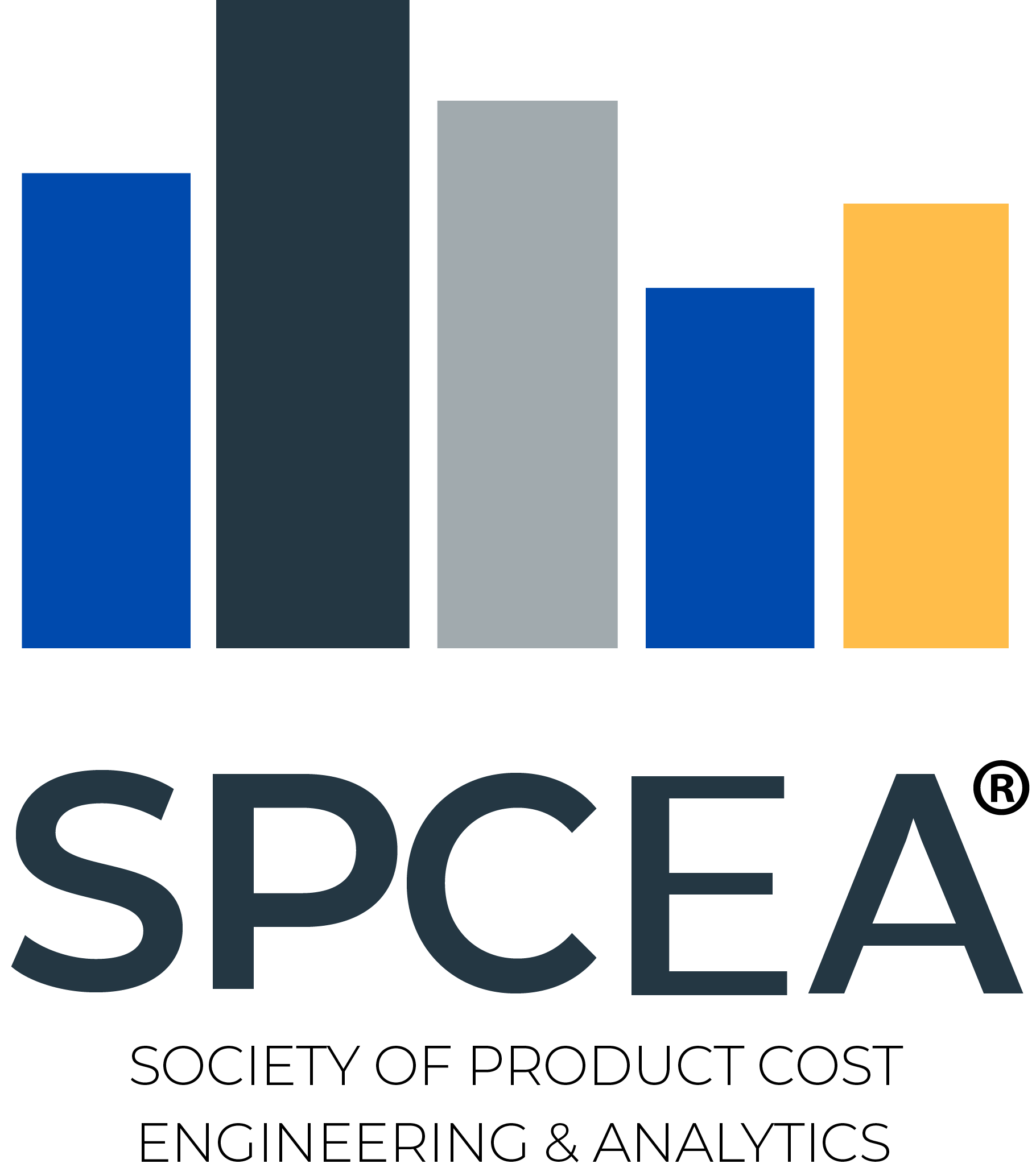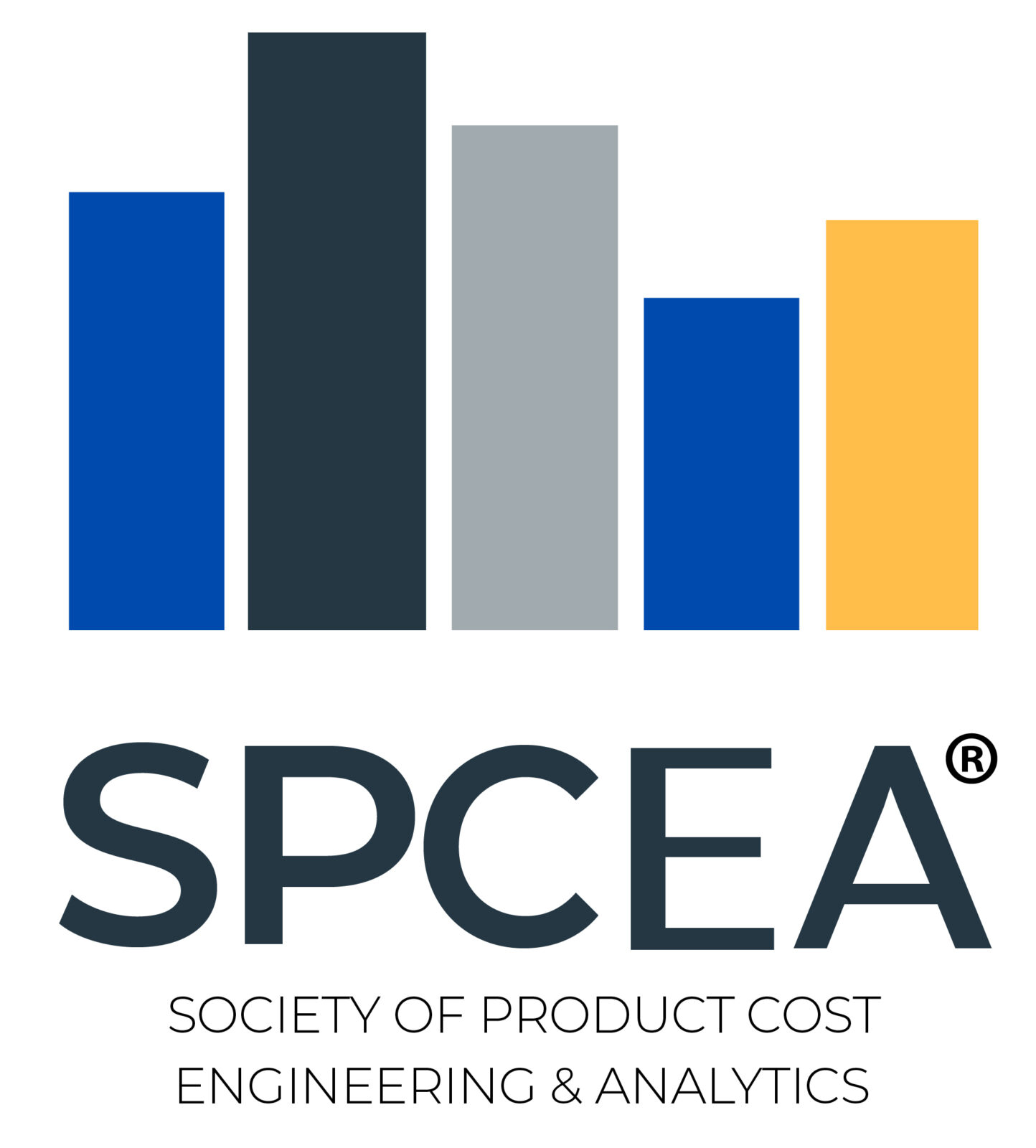Expenses vs. Investments
It’s important to distinguish between measurements made from the financial accounting perspective and those made from the managerial accounting perspective. Periodicity is important in financial accounting. Expenses are measurements of the resources consumed during a specific period of time using measurable and auditable historical information in compliance with man-made rules and regulations. Managerial accounting, on the other hand, is more concerned with the long-term, sustainable economics of an organization. Expenses are measurements of the resources that need to be consumed for the organization to sustain its business over the long-term, whether or not those resources are consumed during a specific period of time.
In measuring product, service and customer profitability, the rates used to assign costs to those products, services and customers should be established at the company’s long-term, sustainable volume and mix of business, or what is often referred to as its “normal” level of operations. For example, if an organization is structured to produce 100,000 units of product per year, its rates for measuring product and customer profitability should be established at that volume.
If volume falls by 10,000 units without a corresponding downsizing of the company’s structure, the remaining 90,000 units do not become any less profitable than they were before. Each unit’s profitability is the same. You don’t blame the products sold for the fact that there aren’t enough of them. On the other hand, if volume increases by 10,000 units without a corresponding upsizing of the company’s structure, the base 100,000 units don’t become more profitable. You don’t give the base products credit for the fact that there are more of them. If, however, you change the fundamental structure of the organization to produce 110,000 or 90,000 parts, you can modify the rates; but only if you change the structure.
In establishing those product, service and customer cost rates at the long-term, sustainable volume of business, all the expenses – and only the expenses – required to sustain the organization at that level should be included in the calculation. The expenses required to sustain an organization are funded by passing them along in the prices of products and services sold to customers. The expenses required to grow a business, or make up for failure to sustain a business in the past, are funded by the profits earned on products and services sold to customers. That means that for managerial accounting, some of the “expenses” recorded in financial accounting are actually “investments” and some amounts not spent during a financial accounting period are still “expenses.”
Consider four types of typical expenses: research and development, product or service development, marketing and employee development. In a growing organization, a portion of these expenses will be incurred to sustain the business at its current level. Those are rightly includable as expenses in measuring product, service and customer costs. Some of those expenses will be incurred to support the future growth of the organization. For managerial accounting purposes, these are “investments” and should not be included in those costs. Similarly, any amounts spent to catch up for the failure to spend enough in these areas in the past should be excluded.
Both the investments and amounts spent to redress past spending shortfalls are funded by the profits earned on product and services, not as part of the expenses passed through to the customer in the price. If, on the other hand, the company is not spending a sufficient amount in these areas, or certain other areas like maintenance, to sustain the organization, the expenditures required to SUSTAIN the business remain expenses and impact product, service and customer profitability even if the funds are not spent.
A product, service or customer is not more profitable because a company is not spending enough to sustain the business. Customer, product, and service profitability should be measured using rates established at the long-term, sustainable volume and mix of business at which an organization is structured to operate. All the expenses – and only the expenses – required to sustain the organization at its existing practical capacity should be included in the calculation. This means that some of the “expenses” recorded in financial accounting should be treated as “investments” and some amounts not spent during a financial accounting period included as “expenses.”
Read Doug’s next article, The Capital Preservation Allowance.
Written by Doug Hicks

Author, speaker, educator and President of D. T. Hicks & Co., a consulting organization concentrating on the managerial costing needs of small and mid-sized organizations. A graduate of the University of Michigan – Dearborn’s School of Management and a member of the Michigan Association of CPAs, the Institute of Management Accountants, and the Executive Board of the Society of Cost Management.


